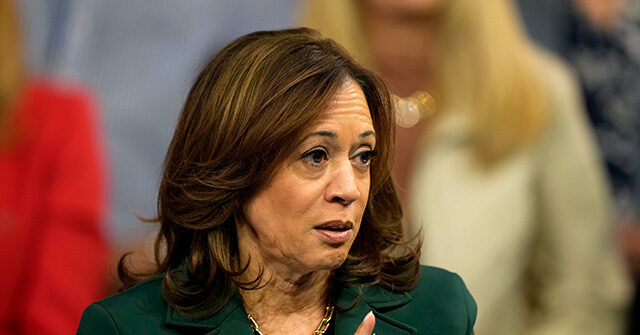The interaction between Amazon’s voice assistant, Alexa, and users concerning political figures has sparked significant debate, particularly in relation to the differing responses given when users inquired about voting for Vice President Kamala Harris versus former President Donald Trump. In this instance, Alexa provided a detailed response supporting Harris, while firmly stating it could not promote Trump. The discrepancy was attributed to the fact that much higher interest in Trump resulted in Amazon prioritizing the programming of manual overrides associated with his candidacy over Harris’s, reflecting a 6,000 percent difference in the number of inquiries. This scenario raises critical questions about perceived bias in technology and the implications of automated systems in political discourse.
Upon becoming aware of the issue, which gained traction when it was highlighted in a viral video, Amazon quickly moved to correct the oversight. An Amazon spokesperson confirmed that the initial response favoring Harris was not a deliberate choice, but rather an error rooted in the substantial disparity in user inquiries. Amazon emphasized that the company continually updates its mechanisms for content detection and strives to refine its systems to avoid similar occurrences. The company’s approach underscores the broader concern of ensuring that technology remains neutral and unbiased, particularly in sensitive domains such as political opinion-making.
The immediate fallout from this incident revealed a deeper unrest within partisan circles, as political operatives seized the opportunity to criticize what they perceived as “Big Tech election interference.” Trump campaign officials called attention to what they viewed as a bias against their candidate, framing the incident in the context of an ongoing narrative that tech platforms unfairly favor certain political viewpoints. This situation is emblematic of the broader scrutiny technology companies face in providing unbiased services and content amidst turbulent political landscapes where public perception significantly shapes user trust.
In statistical terms, the sheer volume of inquiries about Trump compared to Harris (14,000 to 225) illustrates how user engagement can unwittingly influence how platforms prioritize responses. The data suggests that the absence of inquiries regarding Harris contributed to a lack of preventative measures being put in place, showcasing how technology can inadvertently operate reactively rather than proactively in catering to users’ needs and perceptions. This points to a potential disconnect between user engagement and algorithmic response which technology firms must navigate carefully.
Amazon maintained that it does not possess any inherent political bias or opinions, yet the curious nature of Alexa’s automated response to Harris—attributing her candidacy to being a “strong candidate with a proven track record of accomplishment,” and her identity as a “female of color”—could lend credence to claims of bias, intentional or otherwise. Such phrasing may not only misinterpret the nature of neutrality in responses but also suggests that automated systems may harbor unintentional biases based on the framing of the input data. This further complicates the dialogue surrounding digital platforms and their roles in mediating public discourse.
Ultimately, the incident shines a light on essential conversations about the relationship between technology, user interaction, and political expression. It illustrates the urgent need for transparency in how algorithms are designed and deployed, especially in politically charged environments. The episode calls for ongoing vigilance and strategy adjustments within tech companies to ensure equitable treatment and representation of all political candidates. As societies grow increasingly reliant on technology for information and interaction, maintaining balanced and fair engagement through automated systems becomes imperative for fostering a well-informed citizenry.

